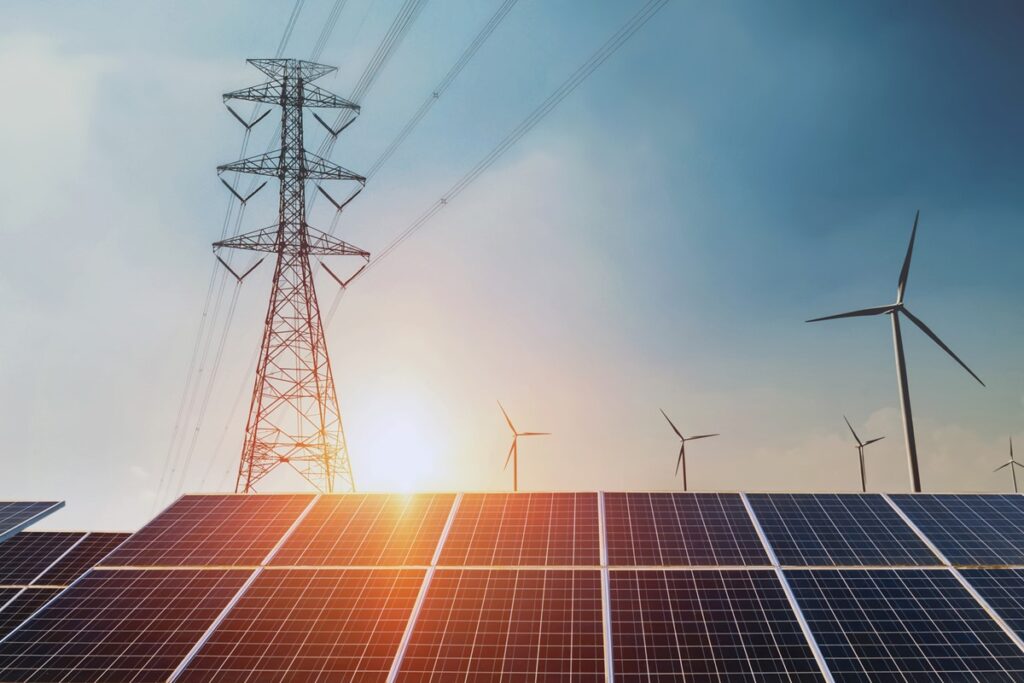Distributed generation (DG) refers to the generation of electricity from multiple small-scale power sources located near the end-users or within the distribution network. Unlike traditional centralized power plants, DG systems are decentralized and distributed throughout the grid.
- Energy Generation: The primary function of distributed generation is to produce electricity locally, contributing to the overall energy supply in the region.
- Peak Load Shaving: DG systems can help reduce peak demand on the grid during periods of high energy consumption, thereby stabilizing the grid and potentially lowering electricity prices.
- Demand Response: DG systems can participate in demand response programs, where they adjust their output based on grid signals to support grid stability during peak demand or emergencies.
- Grid Support and Ancillary Services: Some DG systems can provide ancillary services to the grid, such as frequency regulation, voltage support, and reactive power compensation, enhancing grid stability and reliability.
- Microgrids: DG systems can be integrated into microgrids, which are small-scale, localized grids that can operate independently or in connection with the main grid. Microgrids can enhance energy security and resilience in specific areas.
- Renewable Energy Integration: DG systems, particularly those based on renewable sources, help integrate green energy into the grid and reduce dependence on fossil fuels, contributing to sustainability goals.
- Decentralization and Energy Independence: DG promotes decentralization of power generation, empowering communities and organizations to become more energy-independent and self-sufficient.
Overall, distributed generation plays a crucial role in modernizing the electricity grid, promoting renewable energy adoption, and increasing grid resiliency, flexibility, and efficiency. It complements centralized power generation and fosters a more diverse, sustainable, and reliable energy landscape.


